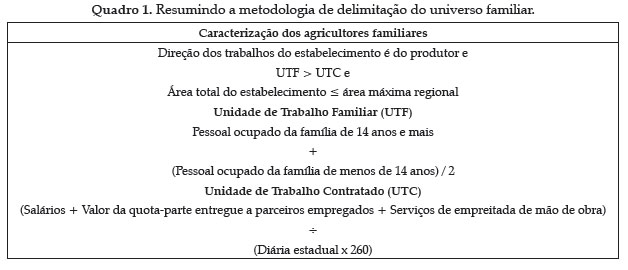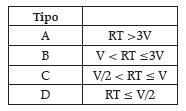This article compares the main findings of data fromBrazilian agricultural census in 1996 with the same in 2006 by applying the methodology known as "FAO/Incra", which allows characterizing family farm in relation to the total universe of farms. In this comparison, several variables are presented, such as the participation of family farming in the total value of production, in the total number of farms, utilization of modern technology and partial factor productivity.Their share of total agricultural production stayed almost equal, with slight reduction, from 37.91% in 1996 to 36,11% during a decade of sharp expansion of agriculture as a whole, demonstrating that this segment is integrated in the productive agricultural chains of the Brazilian agribusiness.Family farming is a heterogeneous segment, with different segments. During the period of ten years, the richestof these segments (A) has increased their participation inthe total production, while the poorest sub segments (C and D) have only grown in absolute terms without a corresponding increase in production.
family farming; technological innovation; agricultural yield

























